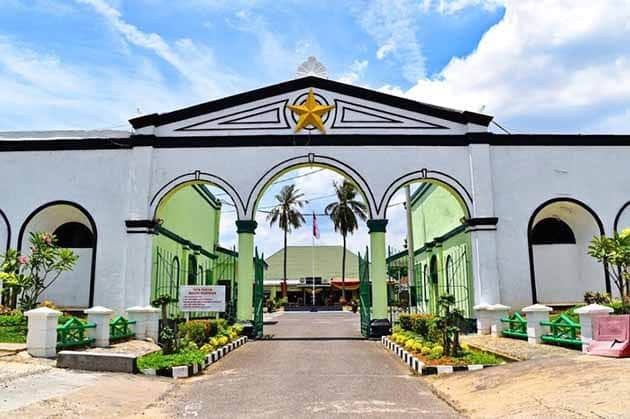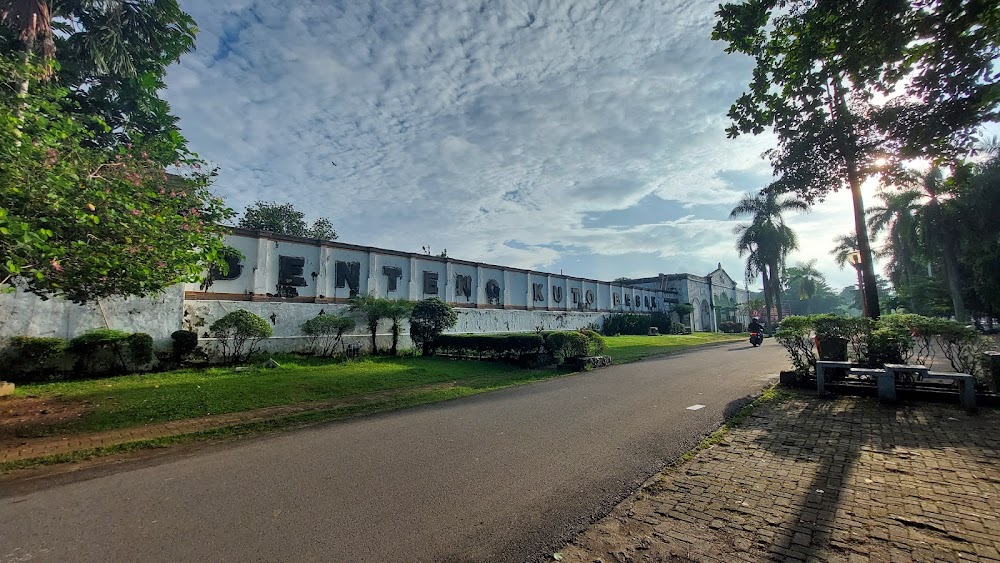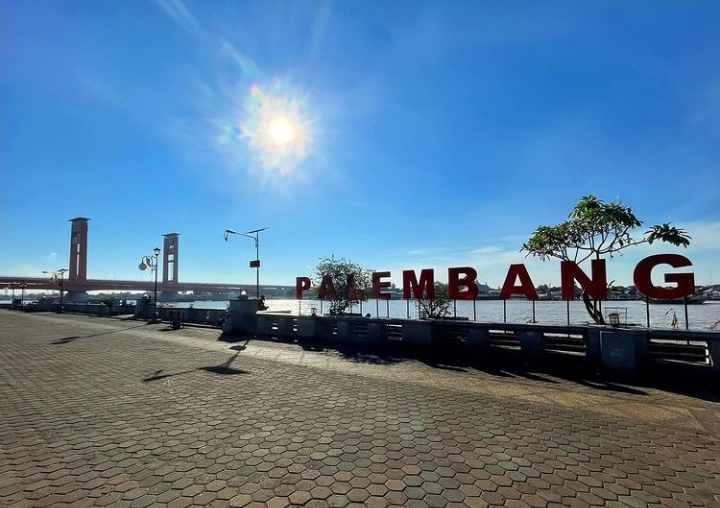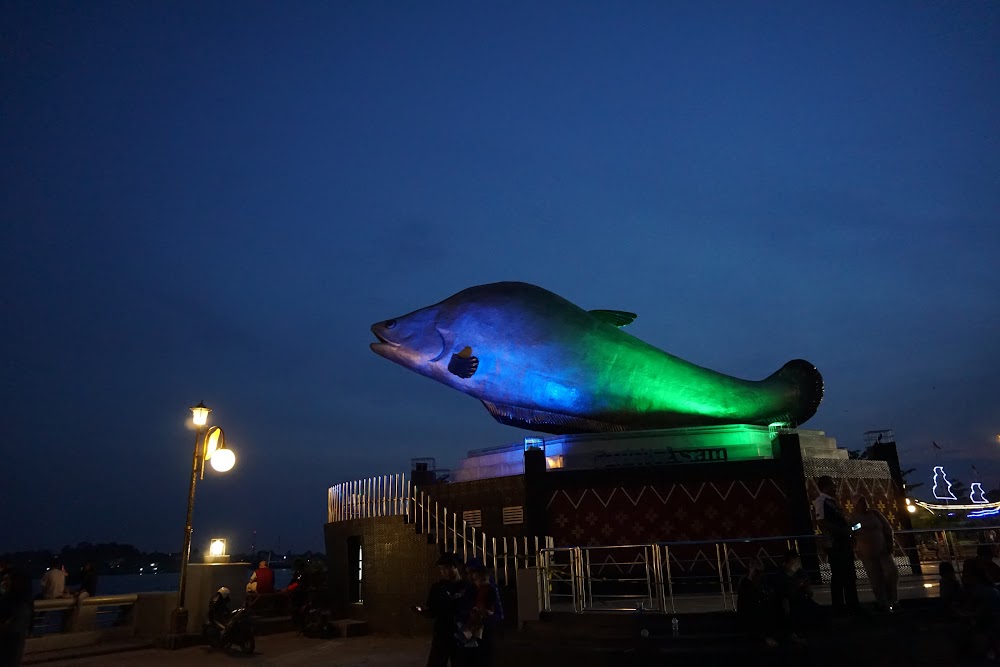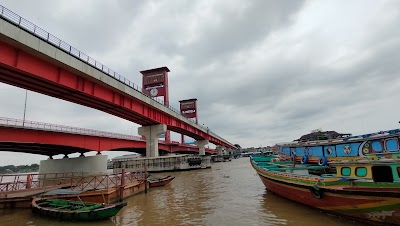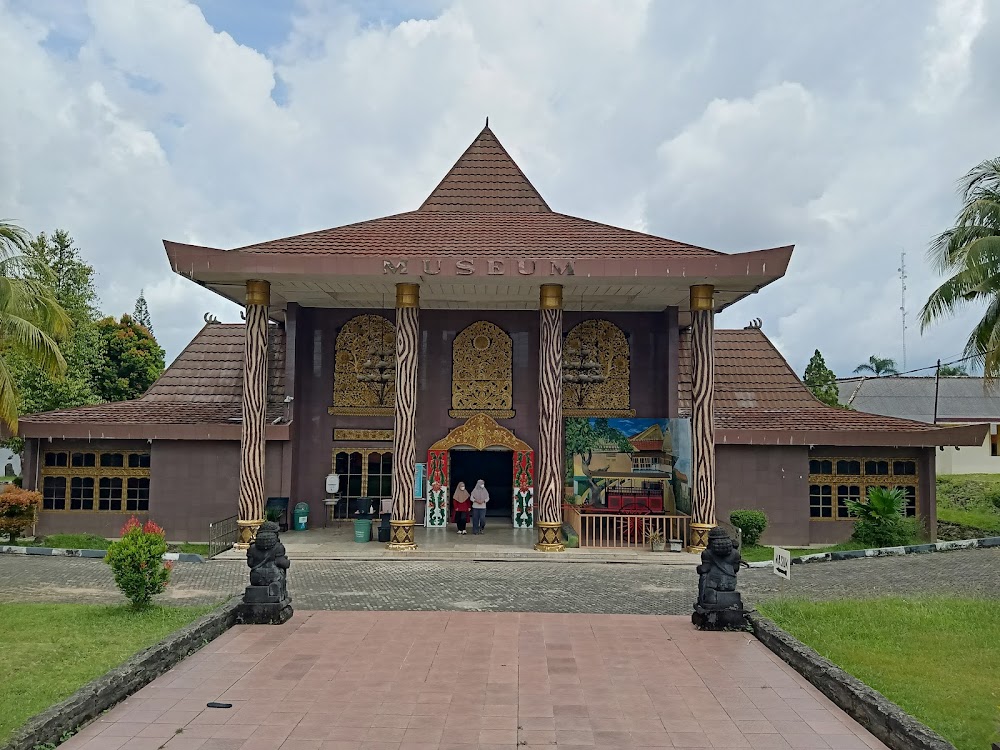Kuto Besak Fortress (Benteng Kuto Besak)
Overview
Tucked away in the vibrant city of Palembang, Sumatera Selatan, Indonesia, stands the majestic Kuto Besak Fortress. This impressive structure is a silent witness to the city's rich history, evoking memories of the glorious Palembang Sultanate. Construction of the fortress began in 1780 under the reign of Sultan Mahmud Badaruddin I, and it was his successor, Sultan Mahmud Badaruddin II, who saw it completed in 1797. Kuto Besak was built not just for grandeur, but also as a vital means of security.
Located strategically along the banks of the Musi River, Kuto Besak benefitted from both a natural defense barrier and a key trade route. This choice of location was far from random; the Musi River has served as the lifeblood of Palembang for centuries, providing protection against invasions while facilitating trade and communication.
The fortress was constructed using locally sourced materials, showcasing the region's natural resources. The walls were crafted from limestone and river rock, while the inner structures featured wood from Sumatera's lush forests. This choice of materials not only ensured resilience against natural elements but also allowed for easy repairs when needed.
The construction of Kuto Besak relied heavily on local labor and craftsmanship. Artisans and workers from nearby villages collaborated, creating a melting pot of skills and techniques. Traditional building methods were employed, blending local architectural styles with influences from various regions and cultures due to extensive trade and cultural exchanges.
Covering an area of approximately 260 square meters, Kuto Besak was designed to serve multiple purposes. It housed the royal family, courtiers, and soldiers, featuring barracks, storerooms, and a small mosque. Its high walls and bastions were equipped with cannons, ensuring a formidable defense against potential attacks.
One of the fortress's standout features is its baluwarti or bastions, located at each corner. These bastions provided soldiers with strategic vantage points for monitoring and defending against threats. The gates of Kuto Besak are equally impressive, adorned with intricate carvings that highlight the exquisite craftsmanship of the era. Additional fortifications included a series of trenches and a large gateway that controlled access, making it a formidable stronghold.
Beyond its defensive capabilities, Kuto Besak played a pivotal role in the administration of the Sultanate. Significant political decisions were made within its walls, and it served as a symbol of the Sultanate's power and sovereignty. From Kuto Besak, the sultans of Palembang governed their realm, negotiated treaties, and organized resistance against colonial forces.
Today, Kuto Besak Fortress stands as a historical landmark and a popular tourist attraction. Despite the passage of time, much of the structure remains intact, offering visitors a glimpse into Palembang's glorious past. Preservation efforts have been undertaken to restore the fortress, ensuring that it continues to educate and inspire future generations about the rich cultural heritage of Sumatera Selatan and Indonesia as a whole.
Visitors to this iconic fortress can walk through its ancient gates, explore its spacious courtyards, and marvel at the intricate craftsmanship of its walls and bastions. The Musi River flows nearby, enhancing the picturesque and historical ambiance, and serves as a reminder of the strategic genius and architectural prowess that went into creating this timeless fortress.


